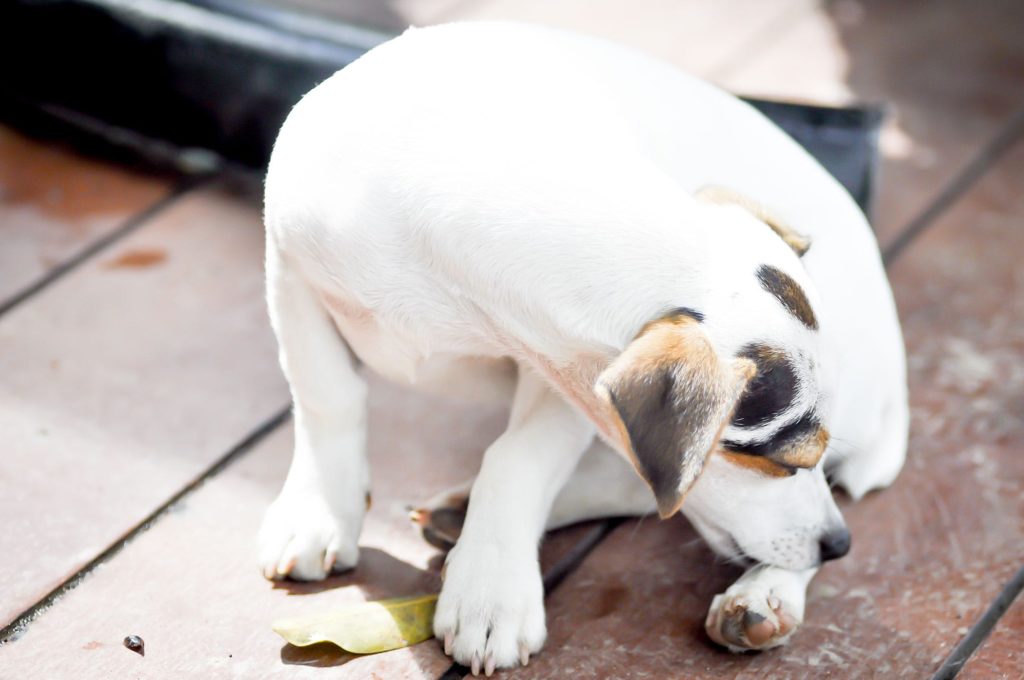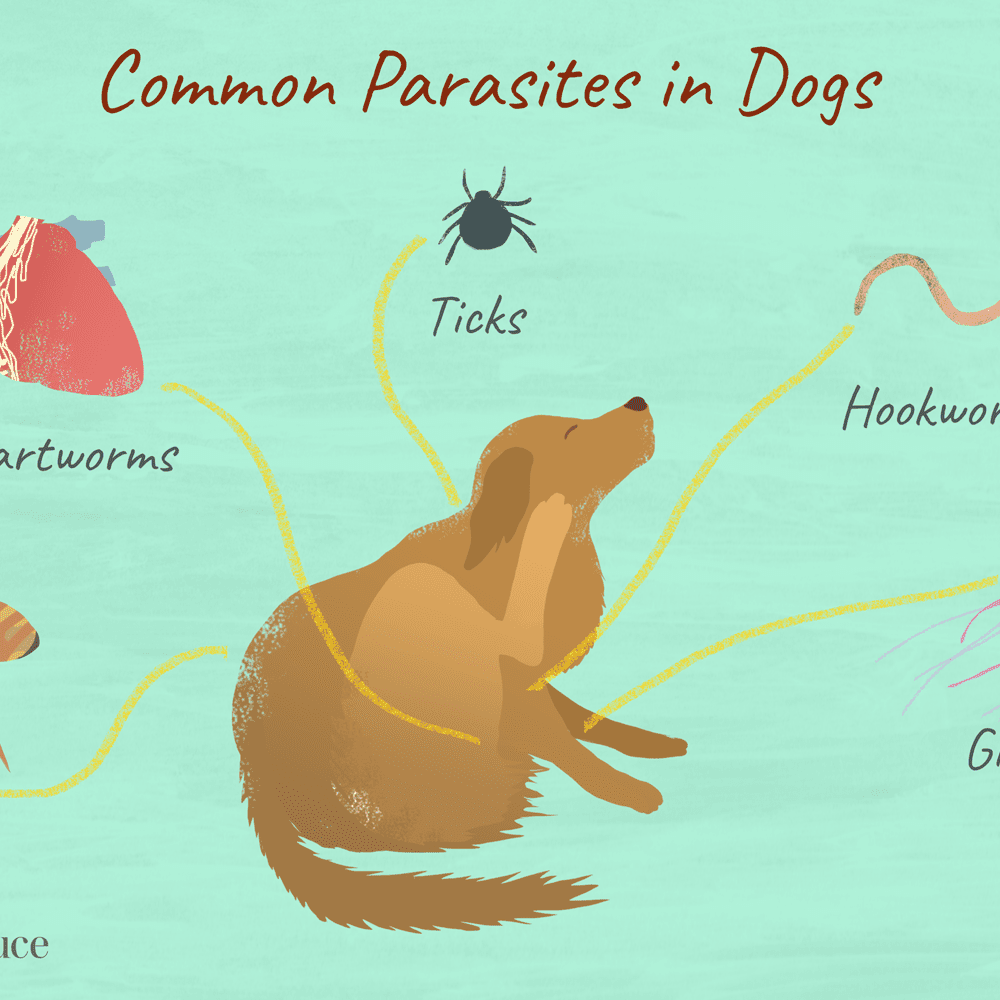Let’s talk about bot fly removal dogs. Cuterebra refers to a botfly that embeds itself as a parasite in the skin, eyes, central nervous system, brain/spinal cord, and upper respiratory tract of a dog. When they reach the larval stage, people call them “wolf worms” or “warbles”.
The United States, Canada, and Mexico can all be home to botflies. The disease is most common in the northern U.S. where it is seasonal. In most cases, dogs occur between late summer and early autumn when the adult flies become active. Botflies usually infest rodents and rabbits. However, dogs can also get warbles from grass larvae if they hunt them or live near their burrows.

Botflies (Maggots), symptoms in dogs
You will notice certain symptoms if your dog is infected by a botfly in his tissue. Botfly infestation symptoms include:
- Lump or bump on your skin
- The area should not be scuffed or licked
- A small hole is found in the middle of this lump
- Swelling
- Skin abscess
Types
Cuterebra species are most likely to infect rabbits and other outdoor rodents. However, dogs can be infected if they go out hunting. Although there are many Cuterebra species that can infect dogs, some are more prevalent than others. These pests can infect your dog in the following ways:
- Cuterebra species (rabbit Cuterebra fly)
- Warble flies (Hypoderma species)
Botflies in Dogs
Cuterebra is when larvae infest Cuterebra botflies. There are 34 species in North America of Cuterebra.
Botflies lay eggs on grass blades and nests, then hatch. A botfly larva can be an infected dog if it is attached to a blade. The maggot crawls on the dog and moves against the blade of the grass.

Small maggots crawl around until they find an opening that allows them to enter (mouth, nose, ears, etc.). They then move through various internal tissues until they reach the skin.
They will settle in a warble or small lump under their skin. They can grow to about an inch long and then develop a pupa in the soil. Once the pupa is mature, it will become an adult botfly. The cycle starts again.
Dog Breeds that Are Prone to Cuterebra
Cuterebra may infect any dog breed. A study showed that nearly 80% of affected dogs weighed less than 10 pounds, and 40% were Yorkshire Terriers. This is likely due to Yorkshire Terriers’ popularity and size.
Diagnostics of Botflies In Dogs (Maggots).
If you suspect your dog has a botfly, don’t try to remove it. Your pet may be severely injured if you attempt to remove it yourself. It is vital that you take your pet to the vet to ensure that he is diagnosed properly and treated.
The veterinarian will inspect the open or the draining skin wound under the dog’s head. Your veterinarian might need to trim the affected areas in order to get a better view. The larvae will have a lumpy appearance, swelling, and a hole in the middle. Sometimes, the larvae may be seen looking out of the hole to breathe.
To diagnose the problem, the veterinarian will inspect the warble hole. To rule out any other parasites or bacterial infections, the veterinarian may also perform tests.
What’re the Dogs Cuterebra/Botfly Life Cycle?
The eggs of the adult fly are found in or near rodent or rabbit burrows opening. The botfly larvae infect rodents or rabbits when they hatch. They enter the host’s bodies through an opening, such as the mouth, nose, or skin open or draining wound. The botfly larvae begin to migrate to the tissues under the skin after several days. They then encyst and continue developing.

Different species of Cuterebra fly have evolved to migrate to different anatomical areas in different hosts. Cuterebra horripilum, for example, tends to search the throat region of cottontail rabbits. Fontinella often selects the caudal or abdominal region of the deer mouse. The larvae form a cyst under the skin of their host to complete their development.
The larval development in the host can take anywhere from 19 to 38 days for small rodents to 55 to 60 days for jackrabbits. The larva then develops into a pupa, a stage that looks like a cocoon, in soil, debris, or forest detritus. Depending on the environment temperature and the botfly species, the pupation period can last from 7 to 11 months. It may also take 28 days. The adult Cuterebra flies are able to mate within days of their emergence. They rarely live longer than two weeks.
Dogs Treatment Of Botflies
Botflies can be treated on the skin, eyes, and respiratory tract by manual removal. After that, the wounds are cleaned. Secondary infection may require antibiotics for your dog.

Ivermectin is an ingredient in dog heartworm medicines. It’s used to treat cases that affect a dog’s brain or spinal cord. Although it can prevent symptoms from getting worse, it may not be able to cure them. To prevent allergic reactions, your veterinarian may use diphenhydramine with ivermectin.
The veterinarian knows how to remove the botfly safely so no harmful substances from the Cuterebra are released into your dog’s bloodstream. Complications can happen if the larvae rupture during the removal process.
Anesthesia
Your dog will be given sedation by a doctor to help him relax and feel pain-free while the botfly is removed.
Removal
The veterinarian will safely remove the botfly from tissue using a tool, taking care not to rupture or squeeze the botfly larvae.
Medications
Depending on the severity of the infestation, it is possible for the veterinarian to prescribe antibiotics. The veterinarian may decide to prescribe an antibiotic after the botfly has been removed.
Dogs Cuterebra: Management and Recovery
It is important that you keep an eye on the area where the botfly was removed. Your veterinarian will inform you of any complications or healing issues. Contact your veterinarian immediately if you notice any complications at the wound site occur. The veterinarian will remove the botfly and the prognosis for your dog is excellent. In no time he will be back to normal!

To keep your pet safe from botflies, prevention is key. Keep your dog away from areas with a lot of rodents or rabbits. Your dog is more likely to be exposed to botflies when the weather gets warmer. The Cuterebra lay eggs in the summer and fall. Every night, check your dog for foreign objects or skin conditions.
Some dogs suffering from Cuterebra infestation are able to live with the larvae and receive anti-inflammatory medications. Others may experience blindness or glaucoma. Cuterebra skin infections can cause systemic inflammatory reaction syndrome (SIRS), but it is rare.
How Vets Diagnose Botflies In Dogs
In cases of respiratory tract or skin infestation, your veterinarian will examine your dog’s skin for signs of fly larvae. Your vet will examine your dog for signs of respiratory diseases, such as facial swelling and nasal discharge, or sudden onsets. The procedure is performed usually under general anesthesia.
For cases affecting the nervous systems, CT scans and spinal taps or MRIs can be used to detect evidence of botfly larvae in dogs.
What Can I Do To Prevent My Dog Getting Warbles?
Cuterebra is a North American common fly. Your dog should not hunt rodents. If this is not possible, or if your home is home to many rodents, rabbits, or other small mammals you need to inspect your dog for signs of warbles. Your dog’s chances of suffering permanent or severe damage are lower the earlier you remove a warble.
F.A.Q.
How do you get rid of bot flies on dogs?
Botfly infestations in dogs can be treated by veterinarians. Manual removal of the larvae and cleaning the draining wound beneath. Secondary infection may require antibiotics for your dog.
What happens if a bot fly is not removed?
If they are not treated, larvae will eventually die on their own. However, Dr. Rich Merritt is a Michigan State University professor emeritus in entomology.
How are bot flies removed?
There are many ways to get rid of fly larvae. The best method to remove larvae is to apply topical neomycin to slightly expand the opening for their mouthparts and then use forceps to remove them. You can also use a venom extractor needle syringe to remove the larvae.
